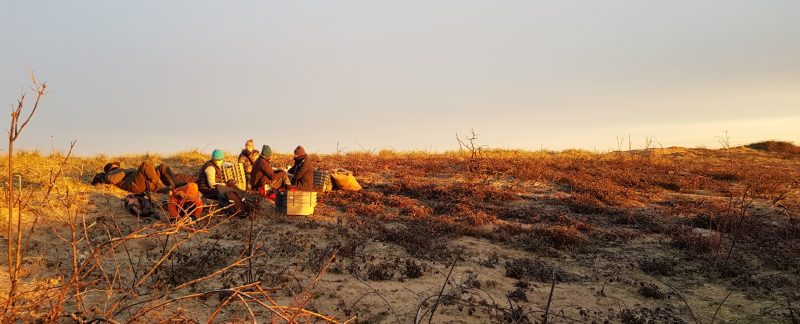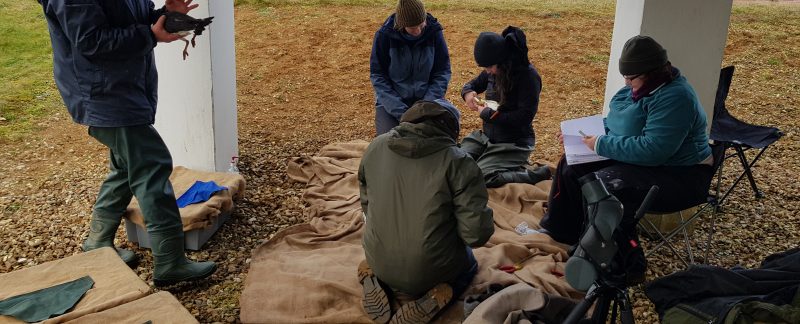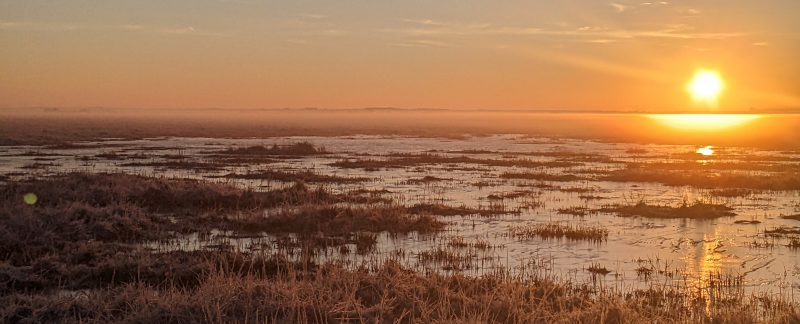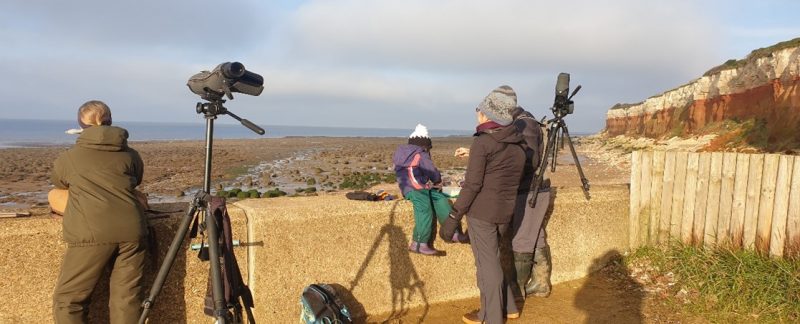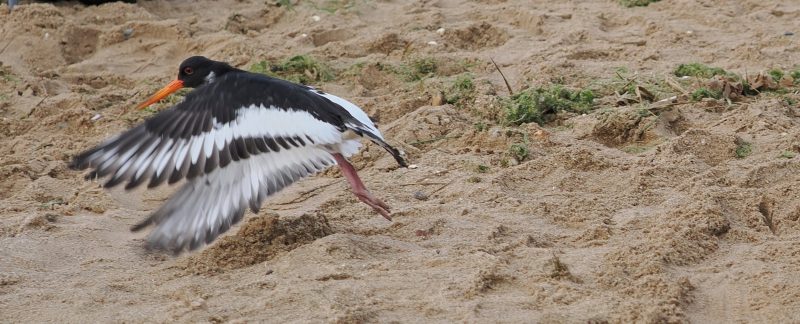Friday 10 March
Lizzie and Guy braved the freezing winds to recce at first light. Guy walked south from Heacham to view Heacham South beach from one viewpoint, whilst Lizzie walked north from Snettisham car park to check Snettisham and gain a different view of Heacham South. Despite normally being a prime spot for Oystercatchers, only 10 were present close to the usual catching area just south of the tump. Clearly sheltering from the inclement conditions, they were hunkered down amongst the tidewrack at the top of the beach. Guy visited Heacham North, to find another 60 behaving much the same – just 100 m north of the South beach access point. It was noted this was unusual behaviour for the roosting birds, as this area is often very busy with visitors. Guy then went on to Heacham North North beach and found 90 Oystercatchers split into three groups – 60, 20 and 10. Additionally, there were ca. 100 Turnstone, Sanderling and Ringed Plover scattered across the beach. Almost no beach was visible at this point, because of the unusually strong wave action and tide height. Again, the birds were right on the upper edge of the beach along the tidewrack – their behaviour clearly being affected by the strong winds.
Continue Reading →
